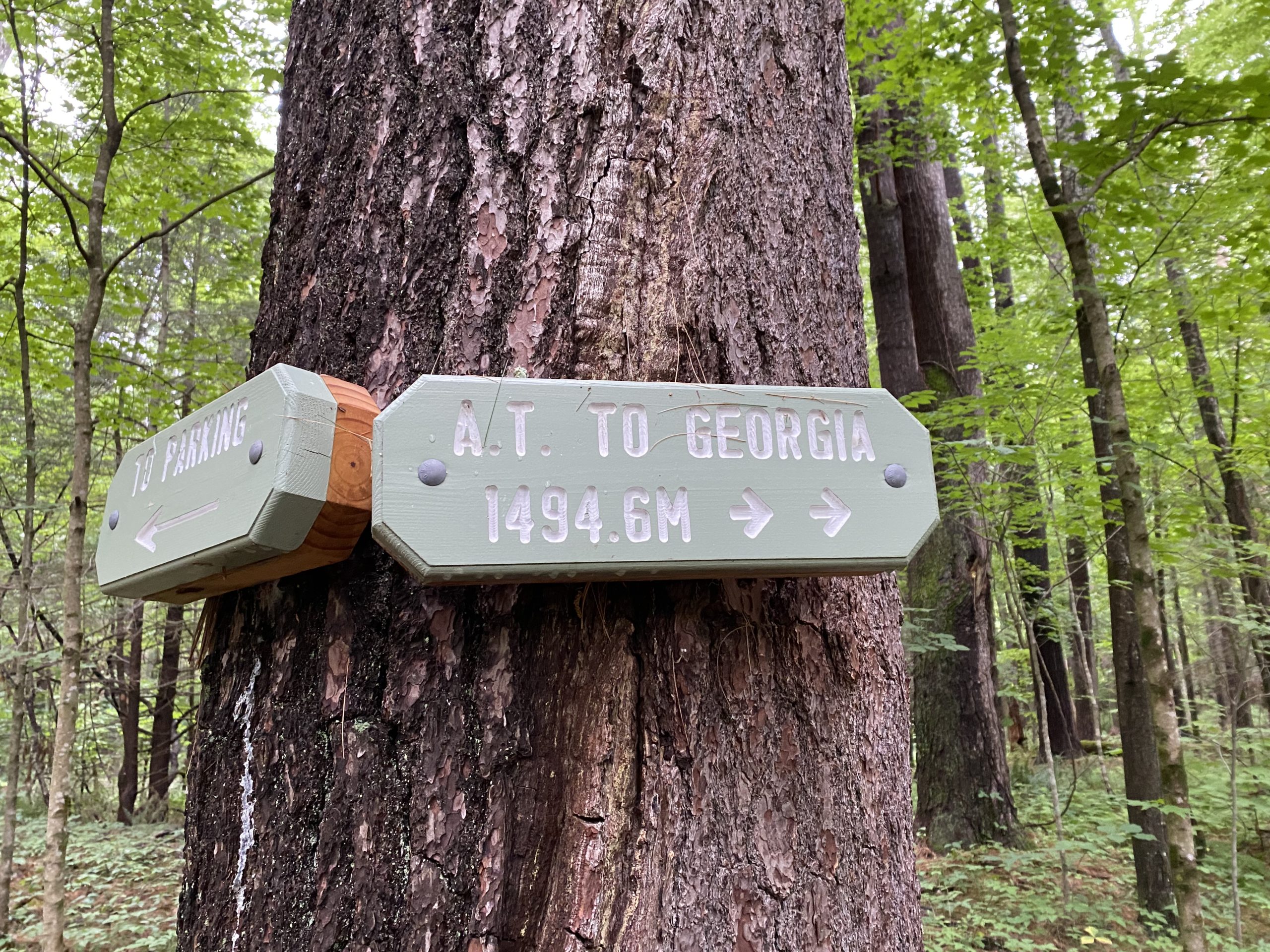Yes, it’s summer. And it’s broiling n many parts of the country — but not everywhere. Several feet of snow is still piled on top of High Sierra trails. And In mountains throughout the country temperatures do what they always do at high elevations: They drop 3 – 5 degrees per thousand feet. It may seem absurd to think about hypothermia when you leave a warm valley and start sweating your way uphill. But weather changes quickly in mountains, and on an exposed ridge in a sudden storm, you can be vulnerable in minutes.
I’ve seen too many people shivering in the high country because they didn’t bring enough clothing or rain gear. And I’m sick of reading about people dying in places like the White Mountains of New Hampshire. What a tragic, preventable waste. So here are some tips to keep you safe from the so-called “killer of the unprepared.”
Prevent Hypothermia With Good Hiking Equipment, Common Sense
Unfortunately, hypothermia can progress very quickly from a simple chill to a life-threatening emergency, and it is difficult to treat in the field. The good news is that prevention is almost always possible with some forethought and good outdoors equipment, including a rain jacket (Take a full set of rain gear in high or northern mountains; in summer, a simple rain jacket is usually enough for mountains in warmer climes, such as the Blue Ridge Mountains of Virginia or dryland mountains in Arizona, New Mexico, and Southern California. and New Mexico).
Also take an extra insulating layer and a hat. Take more clothes — including gloves — in colder, higher mountains such as the Colorado Rockies, the North Cascades, or in New England and northern New York. Remember that in some of these ranges, it can snow any day of the year. If the water is frozen, think what the temperature can do to you!
- In typical summer conditions, a rain jacket may be all you need to break the wind or protect you from the rain. In colder mountains, add an insulating layer.
- Wicking clothing draws moisture away from the skin.
- Avoid wearing cotton, because it absorbs water and loses its insulating ability when wet.
- Heed the saying “Cold feet? Put on a hat.” Most body heat is lost through the head, so wear a hat or your rain jacket’s hood.
- When taking breaks, sit on an insulating pad or a backpack to prevent losing body heat to the cold ground.
- Stay dry, inside and out. This means not overexerting so much that clothes are wet from sweat.
- Bring extra warm dry clothes, and at the end of the day, change into dry clothes immediately.
- Pay attention to chills and put on more clothes, a hat, or terminate exposure.
- Realize that hypothermia can strike even on a mild-day, especially if it is damp or windy.
- Drink and eat small quantities of high-calorie foods frequently.
Recognize Symptoms of Hypothermia and Terminate Exposure Immediately
Hypothermia often goes unrecognized because outdoorspeople mistake the symptoms for just being cold and figure they can tough it out. Shivering alone is not a sign of hypothermia — but can lead to it. Never ignore being cold!Take a brisk walk uphill, put on an extra layer, drink a hot drink. And watch for these signs:
- The “umbles” (The hiker stumbles, mumbles, fumbles, or grumbles).
- Shivering stops, but the victim still feels cold.
- Fatigue, forgetfulness and irrationality.
- Staggering, lack of coordination, falling.
- Finally, unconsciousness. (Obviously, this is an emergency, and can be life-threatening.)
Hypothermia Treatment
If you suspect you or a hiking partner may be on the way to hypothermia, it is critical to terminate exposure as soon as possible. Take a side trail out. (This means having a map with you that shows possible routes back to civilization.) If you have to stay in the backcountry:
- Put on more clothes, especially hats and gloves.
- Change (or help the victim change into warm dry clothes).
- Put something between the victim and the cold ground: an insulating sleeping pad, a backpack, a bag of clothing.
- Rest behind a wind-break, in a trail shelter, on the lee side of a bush or large rock, or in a tent or trail shelter.
- Gently warm the victim by sharing a sleeping bag, starting a fire, or making a hot drink.
- If necessary, go (or call) for help: If the victim cannot assist in his or her own rescue by following directions and walking out, a rescue may need to be arranged.
Mountain hiking can be fun and exhilarating, but rapidly changing weather and exertion can combine in dangerous ways. Preventing hypothermia is much easier than treating it. Bring adequate gear, including the so-called “10 Essentials” Drink and eat often, don’t over-exert, recognize the symptoms of hypothermia, and terminate exposure when necessary.

